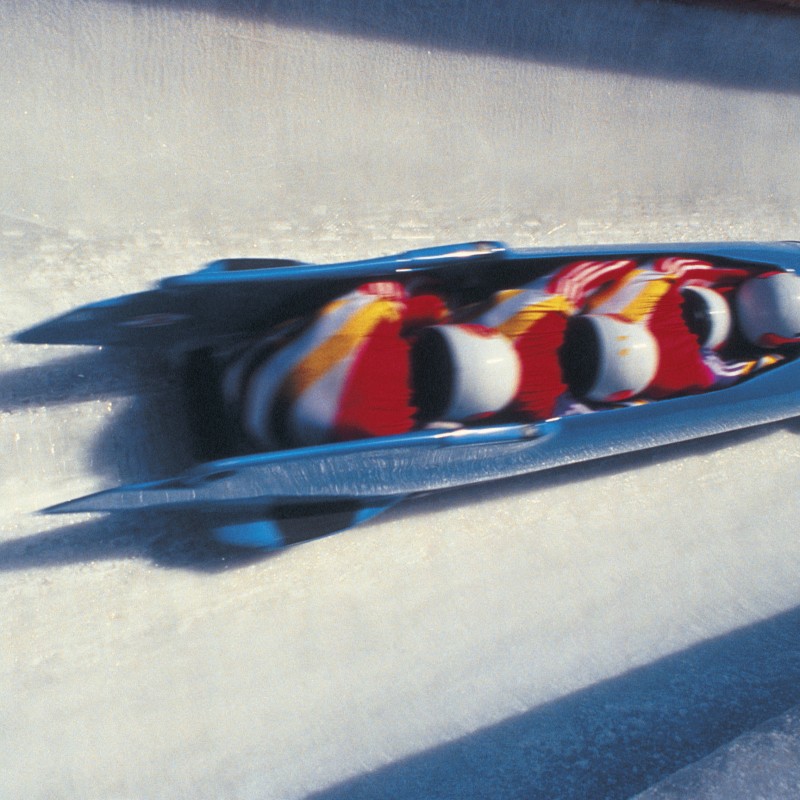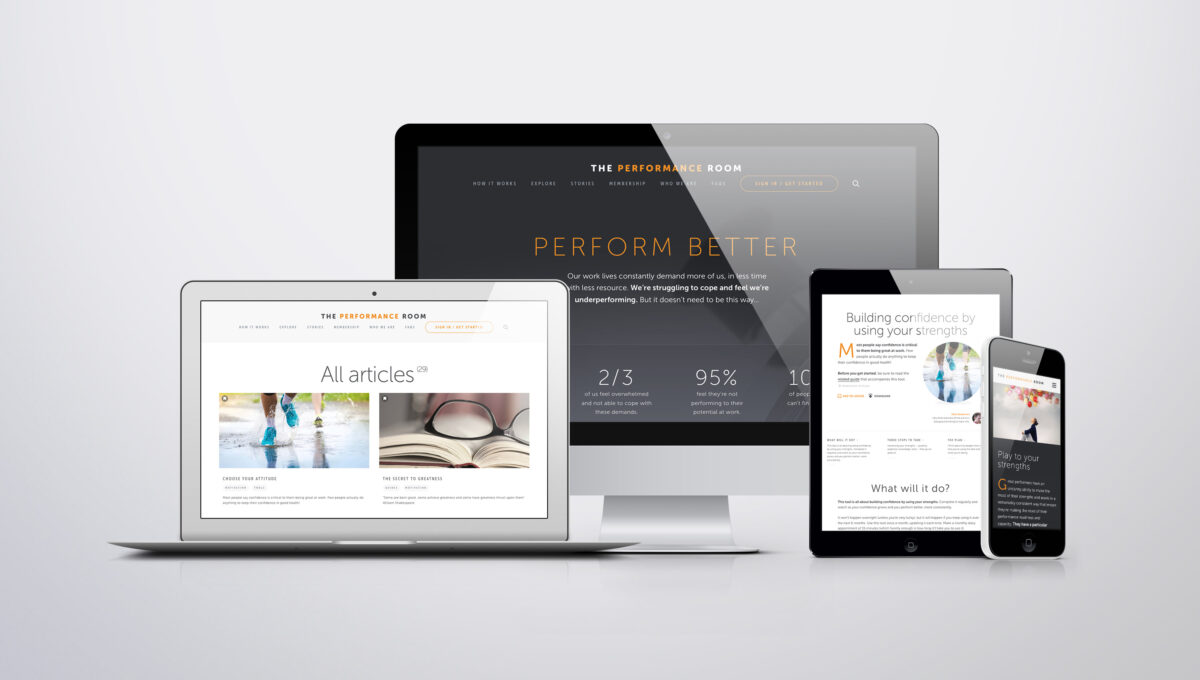A Routine for all Seasons

One of the funniest scenes in the film Cool Runnings was the Jamaican bobsleigh team going through their pre-race visualisation routine. It’s well worth a look.
A performance routine is a recipe for maximising your readiness and confidence before you perform . And while it’s no guarantee of winning gold (just ask those bobsleigh masters from the Caribbean), they’re the key to consistently good performances under pressure.
High performance headlines
- If you want to perform at your best under pressure, you need a recipe that’ll ensure you’re mentally, physically, technically and tactically ready to go – a performance routine.
- Consistent performance is rooted in consistent preparation, routines and practice.
- The world’s best develop a routine that works, that helps them be confident that they’re as ready mentally, technically and physically as they can be to perform
- They use their routine before every performance. They keep tweaking their routine to make it better. They also practise their routine regularly so it’s not rusty and unfamiliar when they need it most
The full viewpoint
If you’re a sports fan (or even an occasional spectator), you’ll have seen sports men and women use rituals and routines to prepare themselves for important races, matches and moments. They go through what seems like quite extraordinary rituals ahead of every place kick. An insight into a football changing room reveals players doing the same things, in the same order and with the same timings before every event. Next time you watch on Olympic track athlete, take a look at the routine they follow – a steely eyed look down the track before a race, followed by a few leaps in the air and a very deliberate set onto the blocks. If you’re a music or theatre fan, you’d see great performers in those arenas follow the same, repeatable routine before they perform too.
So what are they doing, and why? And how do they learn to develop it?
Guaranteed Readiness
A pre-performance – or pre-kick, or pre-presentation – routine is all about readiness. Its sole function is about helping you be ready for what’s ahead. It helps you be mentally ready (so your mind is calm and focused on what’s helpful), physically ready (your body is ready to do what it needs), technically and tactically ready, and emotionally ready (you’re drawing from support around you).
A great performer knows what optimal readiness feels like for them. And they know – by experimenting and learning over time – what things help them be ready – physically, mentally, technically, tactically and emotionally. So when you see them doing their routine, they’re simply doing those things in the order that works for them. No matter how weird it might look to the outsider!
Consistency is king
In any high performance arena, including work – consistency is king. Being able to produce a certain standard of performance and knowing you’re able to do that is a pre-requisite to moving from good to great! A routine gives a recipe to help you do that. It ensures that you’re as ready as you can be to perform. And that’s why it is – and should be – used before every performance, whether that’s a daily routine to get you ready for the day, or a specific routine to get ready for a race, presentation, important meeting or other performance. Use the same routine and you’ll increase the chances of delivering a consistently good performance. It reduces the chance of variability and inconsistency.
Practise, practise, practise
If you wandered into a practice session, you’d see great footballers or basketball stars use their routine every time they took a kick or a shot. Watch an Olympic champion train and you’d notice her go through the same preparation for practice races.
In other words, practising your routine is essential if you want it to work for you when the heat is on. It’s not an optional part of preparation, it’s a vital part of performance. If you don’t practise it, it will not only be ineffective, but will probably also be a distraction when the moment comes as you struggle to remember what to do! So the key to creating an effective routine that works under pressure is simple. It’s practice.
Over to you…
So, contrary to what some might think, routines are neither superstitious rituals nor things that only some great performers follow. They’re essential if you want to improve your consistency and particularly critical to deliver under pressure.
If you haven’t got a routine in place – or if you have, but there’s room to improve it and you’re serious about your performance – then you need to invest time in creating one or making it better. 3 steps to follow:
- Develop a routine of things to do and think that best help you be mentally, physically, technically, tactically and emotionally ready for the performance or task ahead (there’s a tool in the kitbag to help here!).
- Try it out, see how it works. Tweak and improve it until it’s doing what it should do.
- Then once it feels like the right recipe for you, practise it. And practise it some more. Every now and again review it to make sure it’s still effective.
Still skeptical? Try it. What have you got to lose? Apart from saying goodbye to inconsistency and underperforming under pressure.

